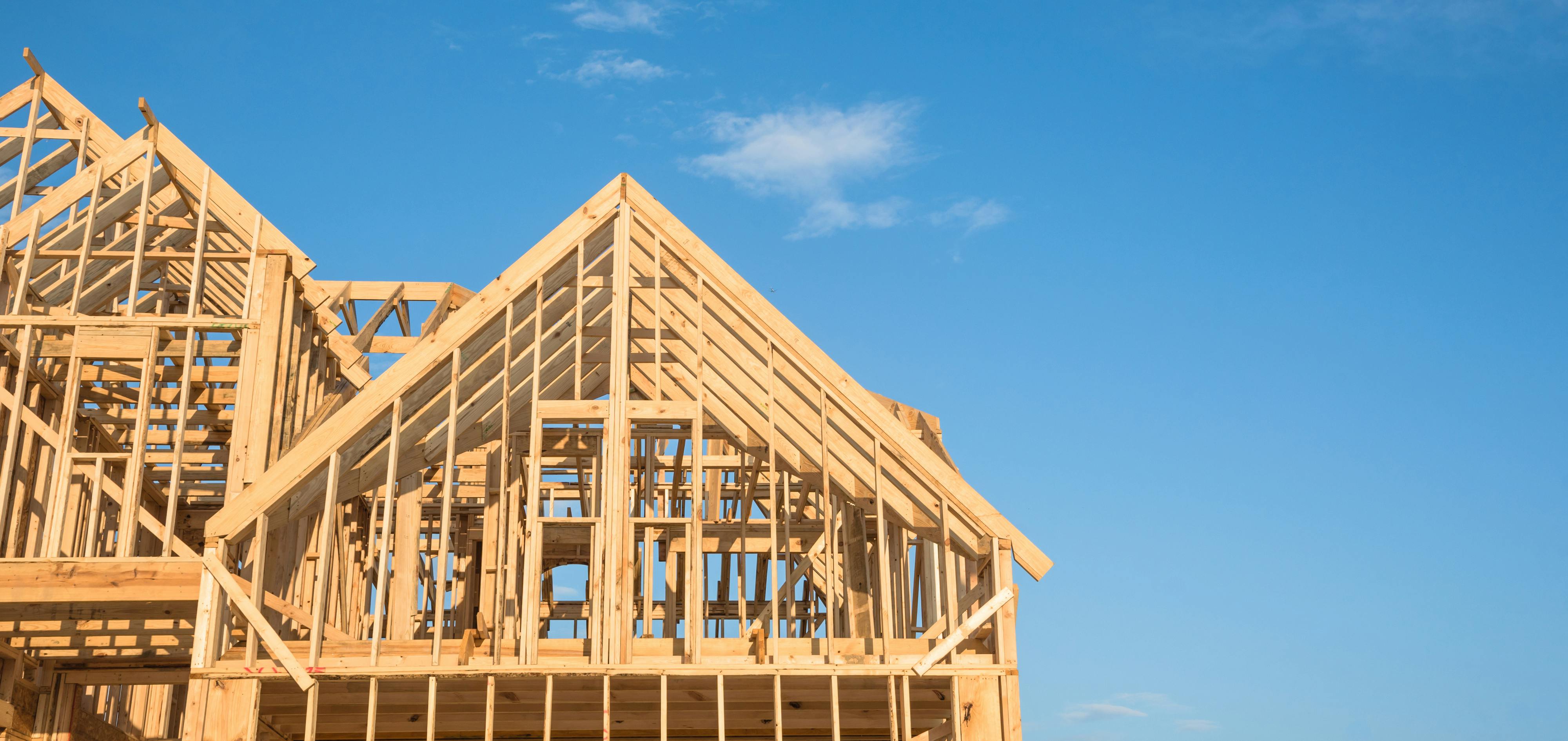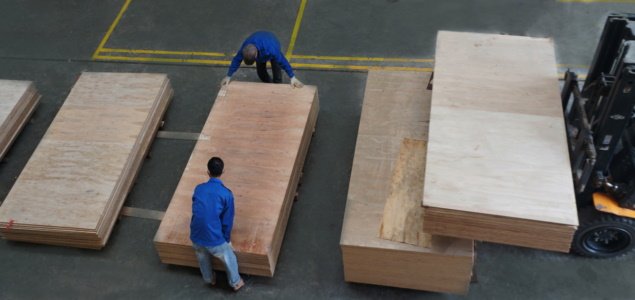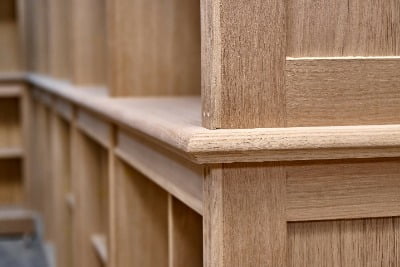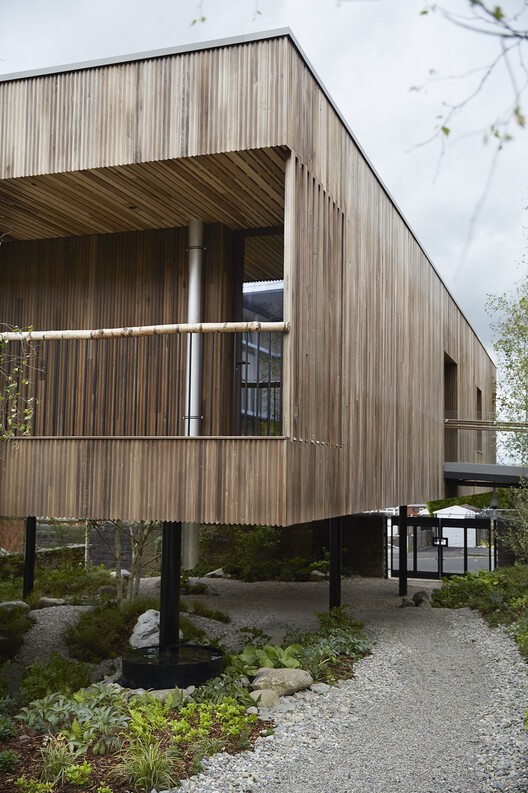In the dynamic construction wood in Poland , keeping a pulse on the fluctuating prices of building materials is crucial for stakeholders to make informed decisions. A recent analysis conducted by Polskie Sklady Budowlane (PSB) sheds light on the price trends of various building materials in Poland, revealing insightful patterns that impact the sector. This article delves into the findings of the analysis, highlighting key trends and their implications for the construction market.

Deciphering the data:
The analysis by PSB unveils notable insights into the price movements of building materials in Poland.
In December 2023, there was an average decrease of 2.6% in prices compared to the same period in 2022.
This marked the fourth consecutive month of price declines, indicating a trend that warrants attention.
Notably, from November to December 2023, prices experienced a slight dip of 0.2%.
However, a broader examination of the data spanning January to December 2023 reveals an overall increase of 4%, underscoring the prevailing upward trajectory observed over the past year.
Product Group Dynamics:
Delving deeper into the analysis, it becomes apparent that certain product groups exhibited distinct price dynamics during the specified periods.
In a monthly comparison from December 2022 to December 2023, 7 out of the 20 product groups analyzed witnessed price increases.
Noteworthy among these were paints, varnishes (+7%), and woodwork (+1%).
Conversely, some product groups experienced declines, such as roofs, gutters (-6%), as well as OSB and wood (-25%).
Expanding the scope to the period from January to December 2023, the analysis reveals further nuances in price movements across different product groups.
Prices surged in 17 out of 20 product groups compared to the same period in 2022, with notable increases observed in paints and varnishes (+13%) and carpentry (+5%).
However, a subset of product groups recorded price decreases during this period, including roofs, gutters (-3%), thermal insulation (-8%), OSB boards, and wood (-21%).
Implications for the Construction Market:
The insights gleaned from the analysis carry significant implications for stakeholders in the construction market.
The observed price fluctuations underscore the need for adaptability and strategic planning within the industry.
For builders and contractors, staying abreast of evolving price trends enables better budgeting and cost management, ultimately contributing to project efficiency and profitability.
Similarly, suppliers and manufacturers can leverage this data to optimize pricing strategies and navigate market dynamics effectively.
The analysis by PSB provides valuable insights into the evolving landscape of building material prices in Poland.
By understanding the nuances of price movements across different product groups, stakeholders in the construction industry can make informed decisions and adapt to changing market conditions.
Moving forward, a proactive approach to monitoring and analyzing price trends will be instrumental in driving success and resilience within the sector.
Source: Fordaq.com




